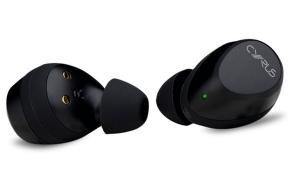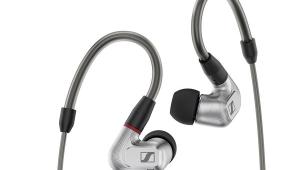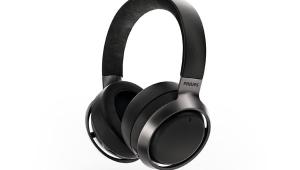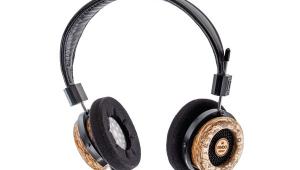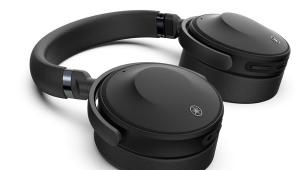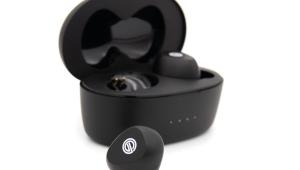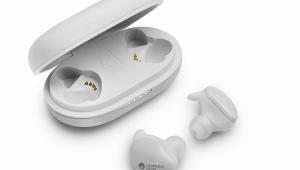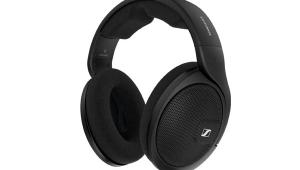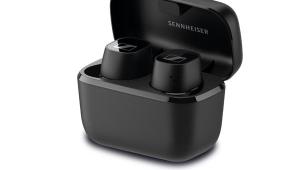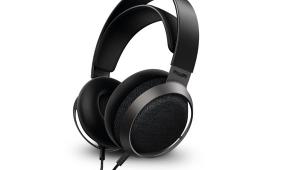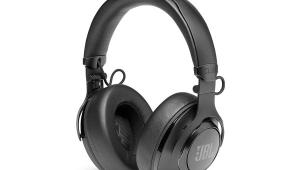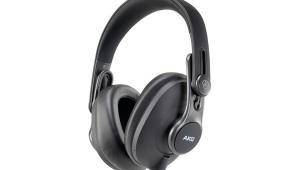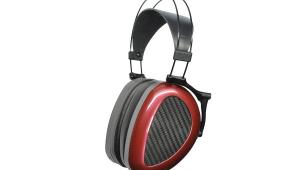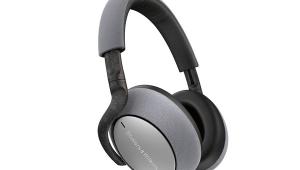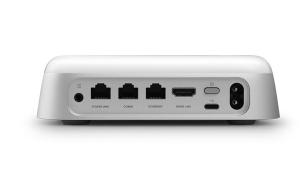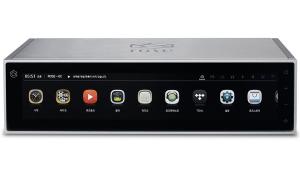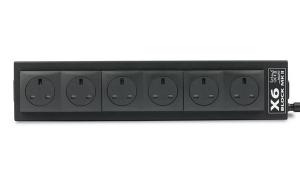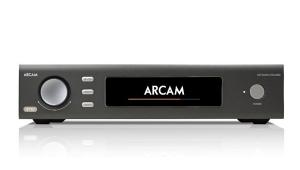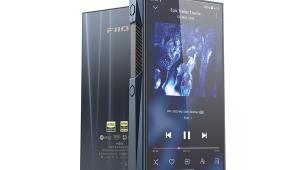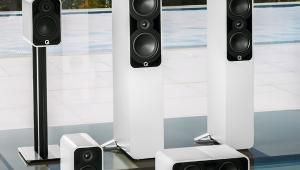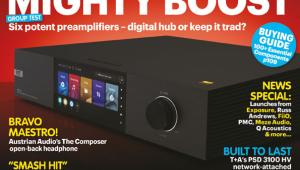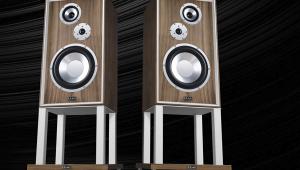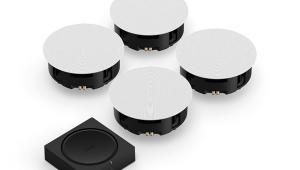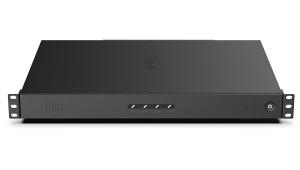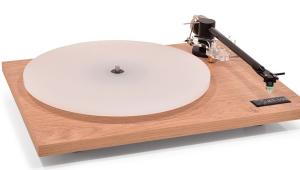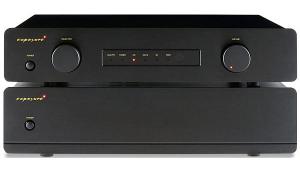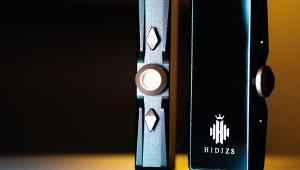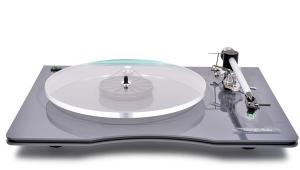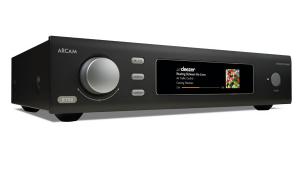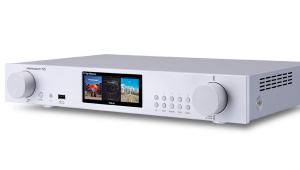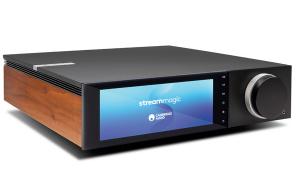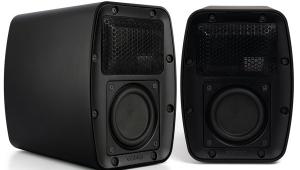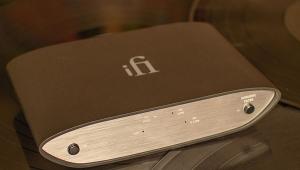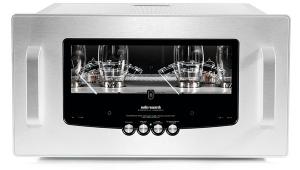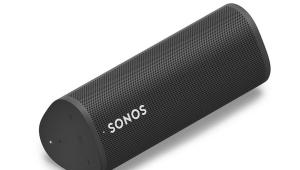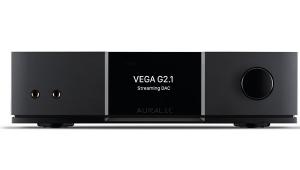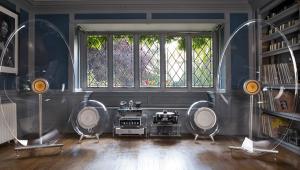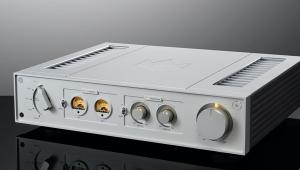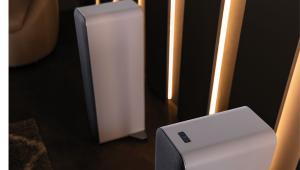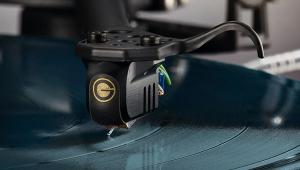Focal Celestee
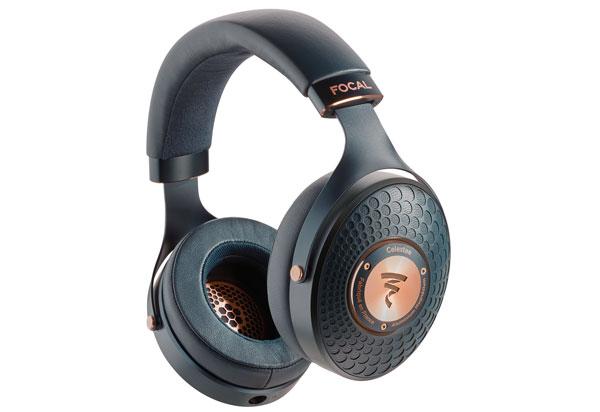
 Of the manufacturers that piled into the headphone sector roughly a decade ago, Focal looks to have been the biggest winner. It now successfully straddles a selection of differing price points, including the seriously high end and one of the more unusual facets of this range is the overlapping choice of both closed and open-back models.
Of the manufacturers that piled into the headphone sector roughly a decade ago, Focal looks to have been the biggest winner. It now successfully straddles a selection of differing price points, including the seriously high end and one of the more unusual facets of this range is the overlapping choice of both closed and open-back models.
The Celestee replaces the Elegia (HFC 447) and is designed to offer the same ability to work effectively as a home headphone while being practical in a portable context too. Its significant size notwithstanding, the Elegia was commendably effective at both roles, so the Celestee certainly has plenty to live up to.
Perhaps because of this, many of its fundamentals are similar to its predecessor. It’s built around a pair of 40mm drivers made from aluminium and magnesium and uses the M-shaped cross section that Focal says produces the highest level of stiffness for the minimum amount of mass. The company quotes a frequency response of 5Hz-23kHz, which might not secure Hi-Res certification (Focal has never seemed terribly interested in such things), but more than covers off a normal adult’s hearing.
Of more relevance in the specification is that the Celestee is both usefully sensitive at 105dB SPL/1m/1W and possesses a forgiving quoted impedance of 35ohm. This means that not only is it technically possible to use it on the move, but it is genuinely practical with the sort of hardware you might have available while doing so.
The enclosures have been designed from scratch to be closed back and Focal has worked to ensure that energy generated from the rear of the driver is carefully absorbed and not reflected back at the listener. This system appeared in the Elegia and received further tweaks in the Stellia (HFC 452), and the Celestee works along similar lines. What has been changed from the Elegia is that each enclosure now makes much greater use of resonance control measures to help ensure it is as inert as possible.
These features are worked into an industrial design that is very much in keeping with the ongoing Focal design aesthetic. The enclosures are attached to an aluminium yoke via mounts that allow for vertical movement, but not much in the way of horizontal travel. Despite this, the fairly deep padding is effective at ensuring the Celestee is comfortable to wear. Focal has managed to strike the right balance of making sure it is unlikely to go anywhere when you move around, but is still comfortable to wear for extended periods.
Some of the same curious design decisions present on the Elegia are carried over too, however. The 1.2m cable is possibly a touch long for portable use, but too short for most home applications. This is still a fairly large headphone for use on the move too and it doesn’t fold, which makes it probably a bit much for hand luggage storage. And then there’s the colour scheme. I find myself holding the slightly contradictory view that I very much like the blue and copper design in theory, but don’t feel that it works terribly well on a headphone that you’ll wear in public.
There are some considerable plus points, however. Even judged at the £1,000 asking price, the way that the Focal is built and finished is impeccable. The detailing is gorgeous and affords a high-end feel that some rival designs can struggle with. The carry case is a little bulky, but is no less well made and comfortably accommodates the Celestee and its cable while still having room for other paraphernalia too.
Sound quality
In use, the most interesting initial finding with the Celestee is not so much sonic as behavioural. Much of the same equipment I used for testing both the Elegia and Stellia is still on hand and, even though the Celestee has the same sensitivity and impedance specifications as the Elegia, everything points to it being even more benign than the older headphone. Used with a Chord Mojo (HFC 405) and Poly (HFC 431); a combination sufficiently small that you can stow it in the case along with the headphone, the Celestee requires very little in the way of output from the Mojo to be able to go impressively loud. Whatever reservations I might have about the size, it certainly works in a portable context.
Neither is this the summation of the Focal’s talents. The Celestee is a consistently entertaining headphone to listen to, not because of any emphasis or deviation from a truly accurate presentation, but because the speed and cohesion it brings to everything it plays is consistently invigorating. The gorgeous, down-tempo Hurt by Arlo Parks positively grooves with effortless snap and timing. Parks herself sounds wonderful. The Celestee manages the key attribute of any closed-back headphone in that she never suffers from any sort of ‘cupped’ quality and there is a commendable perception of her being in front of you rather than solely to the sides. Like a few other closed-back offerings I’ve tried, the Celestee responds extremely well to externally induced crossfeed as well.
There are some other long-standing Focal traits on display here too. Detail retrieval is outstanding, not simply because it can find tiny fragments of information in material that even very revealing box speakers can miss, but because that information is never artificially enhanced. Instead it is stitched into a performance that feels entirely natural and unforced. Some of this is down to the extremely linear performance across the frequency response that ensures no specific area of the music feels like the focus of attention. Driven loud with poorer recordings, the Celestee can demonstrate a fractionally hard edge to the upper registers, but you need to be pushing fairly enthusiastically for this to happen.
I’ve no complaints about the bass, though. Focal is fairly unusual in that it never goes above a 40mm driver for its headphones, and yet this seems to have little effect in preventing it from having impressive low-end shove. The Celestee delivers the crunching lower frequencies of Mark Lanegan’s Dark Disco Jag with a force you can feel, without losing that speed and cohesion that makes it so enjoyable.
Another interesting facet of the performance is that, even judged by the standards of a £1,000 headphone, the Focal is impressively responsive to improvements in source equipment. Moving from the Mojo and Poly to the Hugo 2 and 2Go (HFC 465) does a better job of controlling that slightly hard top end and reproducing the more spacious and refined performance of the Hugo 2 over its sibling. Without ever feeling that it isn’t giving its best with more affordable sources, there is a considerable amount of stretch in the design too for future upgrades.
Conclusion
No less importantly, all of this is done while leaking very little noise to the outside world. More than the portability angle, it means that the Celestee is something you can use in the same room as someone attending to a completely different task without disturbing them. For anyone looking at a future of a fair bit of working from home, the Celestee’s ability to deliver an uncongested and enjoyable performance without requiring other people to experience it too is an invaluable one. I still feel that, like the Elegia, it is a little bit on the large side to be considered truly portable, but there is no doubt its design gives it some valuable attributes that will appeal to a wide selection of potential customers. The Celestee might be blue, but its performance is likely to leave you tickled pink. ES
DETAILS
Product: Focal Celestee
Type: Closed-back, over-ear headphone
FEATURES
● 40mm aluminium/magnesium dynamic driver
● 1.2m detachable cable
● Frequency response: 5Hz-23kHz
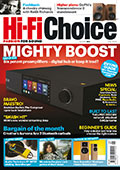 |
Inside this month's issue: Neat Acoustic Mystique Classic floor standing loudspeaker, Austrian Audio The Composer headphone, T+A PSD 3100HV network-attached DAC/preamp, Audio-Technica AT-SB727 Soundburger portable turntable, a preamplifier Group Test and much, much more...
|
